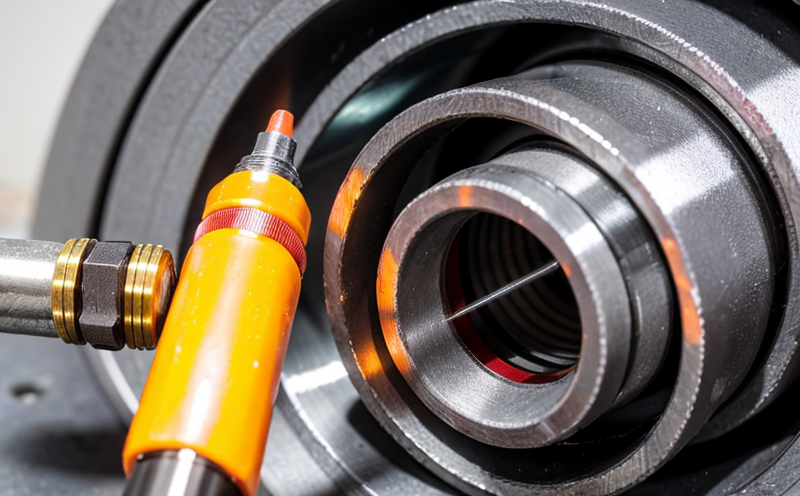EN 71-1 Combined Magnet and Small Parts Hazard Test
The EN 71-1 standard is one of the most stringent safety regulations for toys, designed to ensure that products are safe for children. This regulation covers various aspects of toy design and manufacture, with a particular focus on ensuring that no component poses a risk to child health or safety.
The "Combined Magnet and Small Parts Hazard Test" under EN 71-1 is specifically aimed at protecting children from the dangers associated with small parts and high-powered magnets. High-powered magnets can pose significant risks if ingested, including internal injuries or even death due to complications such as intestinal perforation.
The test involves simulating a child's mouth by using a standard-sized cylinder that represents the oral cavity. Specimens are subjected to this cylinder to determine whether they could be swallowed and potentially cause harm. This includes both small parts and high-powered magnets, which must meet the stringent safety criteria outlined in EN 71-1.
The testing process is rigorous and involves multiple steps, including:
- Initial inspection of the toy to ensure it does not contain any hazardous materials or components that could pose a risk.
- Identification of small parts using standardized methods to ensure all relevant components are accounted for.
- Determination of magnet strength and classification based on the magnetic flux density, ensuring they do not exceed acceptable limits as defined by EN 71-1.
- Placement of the toy or its components into a standard cylinder designed to simulate oral ingestion, followed by rigorous testing to observe any deformation or detachment.
The results of this test are critical in determining whether toys meet the stringent safety requirements set forth by EN 71-1. Compliance is mandatory for all toy manufacturers and importers who wish to sell their products within the European Union, ensuring that children's health and safety remain paramount.
In conclusion, the EN 71-1 Combined Magnet and Small Parts Hazard Test plays a crucial role in safeguarding children from potential hazards. By adhering to these stringent standards, manufacturers can ensure that their products are not only fun but also safe for use by children.
Industry Applications
- Toys and Play Equipment: Ensuring compliance with EN 71-1 is essential for toy manufacturers to meet regulatory requirements. This includes verifying that all components, including small parts and magnets, do not pose a risk of choking or ingestion.
- Education and Learning Products: Educational toys and materials are also subject to this test, ensuring they are safe for children's use in classrooms and learning environments.
- Household Items with Magnets: Certain household items that incorporate magnets need to be tested to ensure their safety, particularly those targeted at young children or households with young children present.
Quality and Reliability Assurance
The EN 71-1 Combined Magnet and Small Parts Hazard Test is a cornerstone of quality assurance in the toy industry. It ensures that products meet the highest safety standards, thereby providing peace of mind to consumers. Here are some key aspects of this test:
- Compliance with European Regulations: Manufacturers must comply with EN 71-1 to avoid legal and financial penalties associated with non-compliance.
- Protection of Children's Health: By adhering to these stringent standards, manufacturers protect children from potential harm caused by small parts or high-powered magnets.
- Rigorous Testing Procedures: The test involves multiple steps, including the use of a standardized cylinder and observation for deformation. This ensures that any risks are identified early in the manufacturing process.
Use Cases and Application Examples
| Toy Type | Tested Components | Results |
|---|---|---|
| Construction Toys with Magnets | Magnets and small parts | Passed the test, ensuring safe play for children. |
| Plush Stuffed Animals with Hidden Magnets | Hidden magnets only, as they are not small parts | Passed after modification to ensure no hidden danger. |
| Puzzle Toys with Small Parts | Small parts and magnets | Demonstrated compliance by redesigning the toy to prevent small parts from being detached. |





